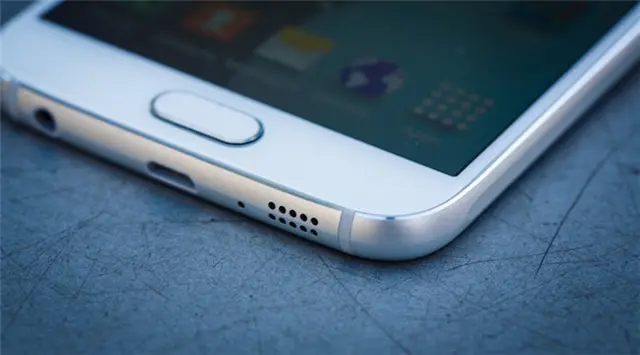New smartphone releases and the consequent demand for chips used in the phones led a rebound in South Korea's industrial production last month, a government report showed on Thursday.
Production in all industries, including manufacturing, services, construction and public administration, increased 0.8 percent in February from a month earlier, Statistics Korea data showed. It was a rebound from a 1.5 percent reduction in January.
The rebound came as South Korean tech giants released new smartphones, including Samsung's Galaxy S7 and LG's G5, which resulted in stronger demand for semiconductors. Ahead of Apple's new iPhone launch, chip exports also expanded.
New phone releases and demand for chips spurred production in the mining and manufacturing industries that jumped 3.3 percent in February, the fastest monthly growth in almost six and a half years.
Factory output of chips surged 19.6 percent, and processed metal production advanced 12.5 percent last month. The expansions drove the February factory utilization rate to 73.5 percent, up 1. 2 percentage points from the previous month.
Despite the February rebound, it remains to be seen whether the growth trend will continue as industrial production fluctuated amid falling exports and lackluster domestic demand.
Overall industrial production rose 1 percent in September on a monthly basis, but it declined 0.8 percent and 0.5 percent respectively in October and November. The monthly growth rebounded to 1.5 percent in December, before falling again to minus 1.5 percent in January.
South Korea's exports, which account for about half of the economy, declined for 14 straight months in February, and the jobless rate climbed to a six-year high at 4.1 percent. Bank of Korea (BOK) Governor Lee Ju-yeol told reporters on Wednesday that economic growth may fall below 3 percent this year.
The government brought forward fiscal spending in the annual budget to the first half of this year in a bid to reinvigorate the sluggish growth, but companies refrained from investing capital on factories and facilities due to soft private consumption.
Retail sales reduced 1.8 percent in February from a month earlier, falling faster than in January when the indicator reflecting consumption shed 1.3 percent.
Due to consumption slowdown, the manufacturing inventory ratio was 128.0 percent in February, hovering around the seven-year high of 128.5 percent tallied in January.
Passenger car sales increased 7.9 percent thanks to consumption tax discounts on cars, leading to a 3.6 percent rise in durable goods sales. But, sales of non-durable and semi-durable goods declined 4.4 percent and 2.1 percent respectively.
The statistical agency predicted retail sales to advance in March, citing the extended consumption tax discounts on cars.
Service industry production inched up 0.3 percent in February from a month ago. It marked a growth due to a rebound in part of service sectors, showing no hint of an overall rebound.
Facility investment slumped 6.8 percent in February, keeping a downward trend for two months in a row. The February decline was the fastest in one and a half years.
Machinery orders surged 21.8 percent thanks to demand both from public and private sectors. Construction orders posted a double-digit growth last month.
Cyclical factor of leading economic indicators, which reflects economic outlook, inched down 0.1 point in February from the previous month. The figure for coincident economic indicators also fell 0.1 point last month.
 简体中文
简体中文

